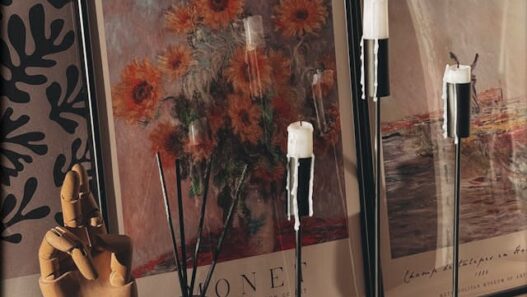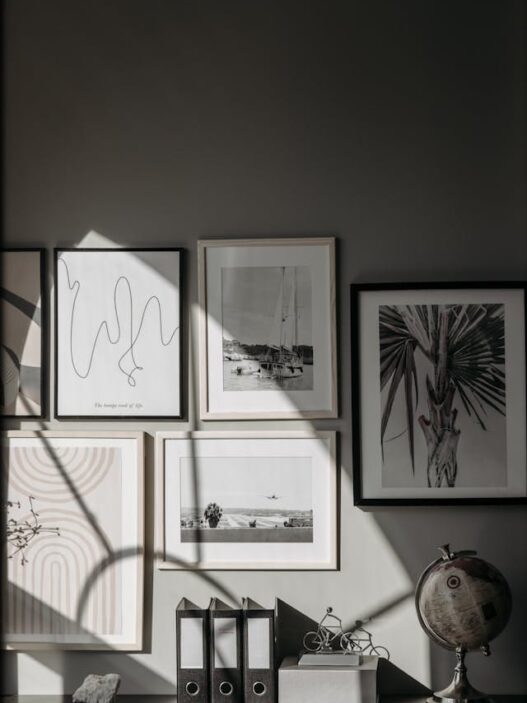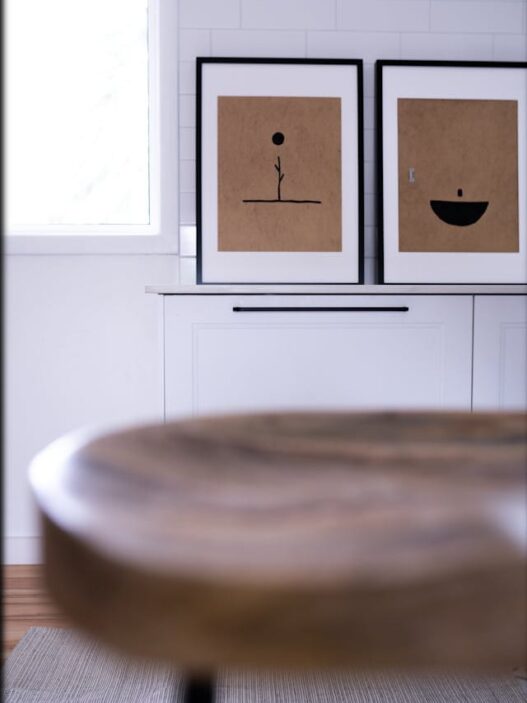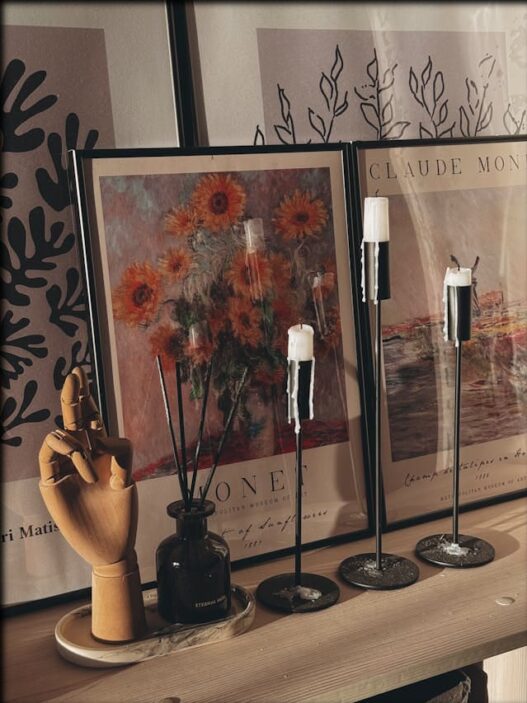-
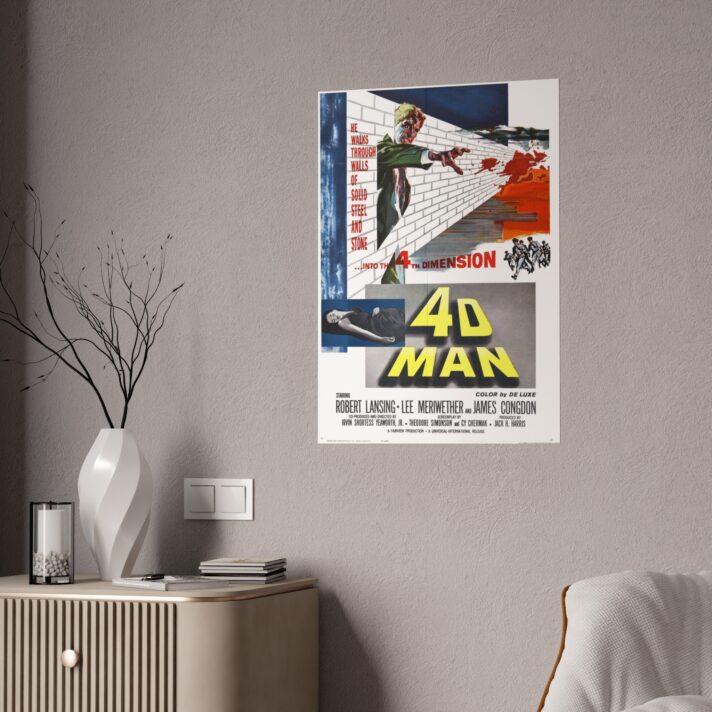

Vintage 4D Man Gloss Poster – Retro Sci-Fi Wall Art
Price range: $20.00 through $32.00 -
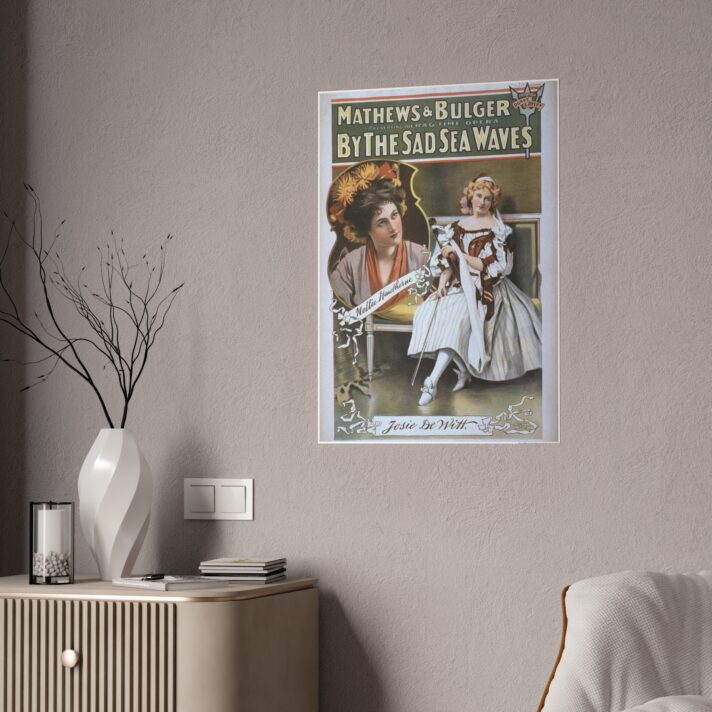

Vintage Gloss Poster – ‘By the Sad Sea Waves’ – Classic Art for Home Decor
Price range: $20.00 through $32.00 -


Vintage Military Gloss Poster – Keep ‘Em Flying – Patriotic Wall Art
Price range: $20.00 through $32.00
Art is more than just decoration; it is a valuable possession that must be properly cared for and maintained. Whether you collect art, create it yourself, or own a few treasured pieces, it is crucial to store them safely when not on display. Improper storage can result in damage, decay, and depreciation in value. In this article, we will explore some helpful tips for safely storing art when not in use.
1. Start by selecting the proper storage area: The initial step in securely storing artwork is selecting the appropriate storage area. It is recommended to choose a storage space that is cool, dry, and shielded from direct sunlight. Avoid storing artwork in places that experience varying temperatures and humidity levels, like attics, basements, and garages. Instead, consider a climate-controlled storage space, such as a closet, spare room, or storage unit.
2. Proper storage materials are essential when storing art. Invest in acid-free, archival-quality materials such as acid-free tissue paper, bubble wrap, and foam board to protect your art from moisture, dust, and light damage. Avoid using plastic bags or cardboard boxes, as they can trap moisture and lead to mold growth.
3. Properly store art horizontally or vertically: Artwork should always be stored either flat or upright to prevent damage. Storing art sideways can lead to paint cracking or flaking off. For larger pieces, a sturdy storage rack or shelf can be used to store art vertically. Smaller pieces can be safely stored flat in acid-free portfolios or flat file drawers.
4. Protect your art with wrapping materials: Before storing your art, be sure to wrap it in protective materials to prevent any damage. Begin by wrapping the art in acid-free tissue paper to safeguard the surface from scratches and dust. After that, wrap it in bubble wrap for extra protection. Remember not to use tape directly on the art, as it may leave sticky residue.
5. Maintain organization: It is crucial to label and organize your art collection to easily locate pieces when necessary. Use high-quality, archival materials like acid-free tags or labels, and affix them to each piece of art. Additionally, consider creating a digital inventory with photos and detailed descriptions of each piece to keep track of your collection effectively.
6. It is crucial to monitor the storage environment to ensure the safety of your art, despite using appropriate storage materials and methods. Regularly check the temperature and humidity levels, and make necessary adjustments. Promptly address any signs of damage, such as mold growth or warping, by inspecting the art regularly.
7. It is recommended to consider professional storage for valuable art collections or pieces that need special care. Investing in professional storage services can offer climate-controlled storage spaces, security monitoring, and insurance options to safeguard your collection. While it may be more expensive, professional storage can provide peace of mind and guarantee the safety of your art.
In summary, it is crucial to store art properly when not on display in order to maintain its value and beauty. By adhering to these suggestions and acquiring the appropriate tools and storage methods, you can guarantee the safety and protection of your art for the long term. Keep in mind that art is more than just an object; it is a significant part of history and culture that should be treasured and safeguarded.
-


Vintage 4D Man Gloss Poster – Retro Sci-Fi Wall Art
Price range: $20.00 through $32.00 -


Vintage Gloss Poster – ‘By the Sad Sea Waves’ – Classic Art for Home Decor
Price range: $20.00 through $32.00 -


Vintage Military Gloss Poster – Keep ‘Em Flying – Patriotic Wall Art
Price range: $20.00 through $32.00








